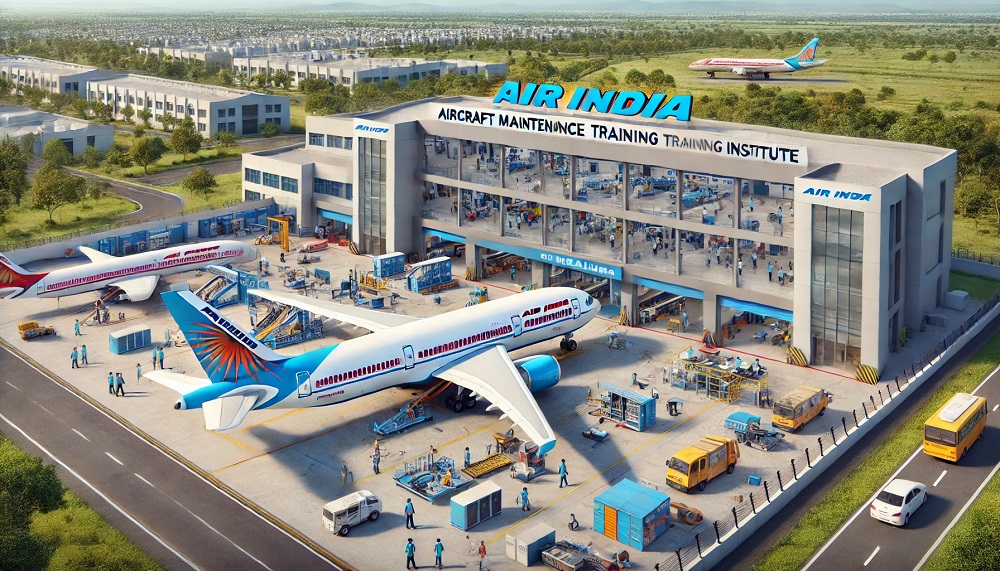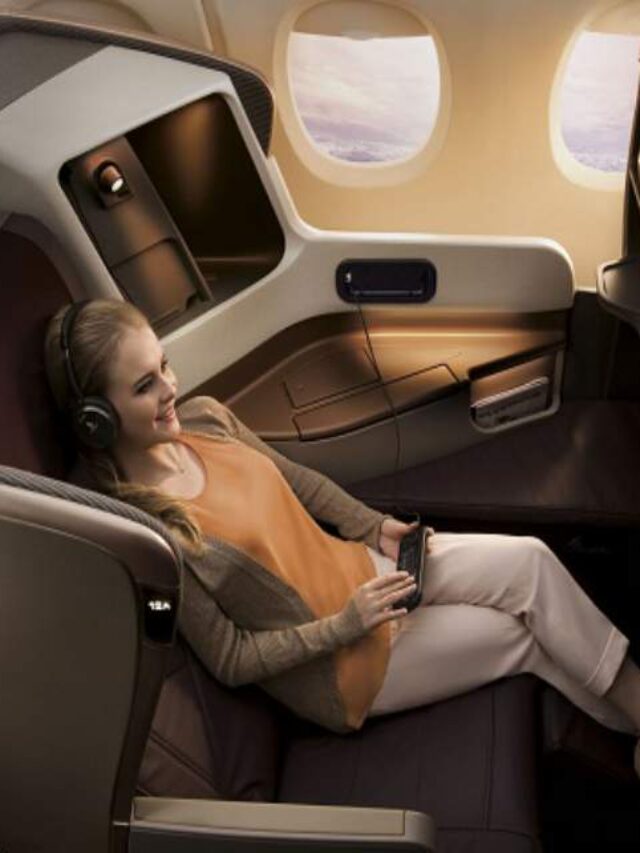Airlines
6 Travel tips and ways to avoid fatigue during long-haul flights

The stress of travel not only affects you physically, it can also decrease your performance. By moving gently, you can prevent your tiredness from reaching the point of becoming bone-deep tired. The greatest method to make sure you keep enjoying every area you go is to do this. In extended trips, it is especially crucial. Any person who has been on the road for months should think about where they would like to live and then move there! Find the places and nations that are most accommodating to visitors in need of a break by using in-depth cost-of-living advice for international travelers. Follow these 6 tips to minimize travel fatigue and maximize productivity.
1. Wear comfortable clothes
You will spend a lot of time on the plane if you are traveling a long distance. There is no need to cover your body in layers of clothing, nor should you wear clothing that is too tight or sticks to your body, causing you to sweat or experience pain from the garment’s pressure on your skin’s surface. Pick comfortable and loose cotton clothing, as well as shoes that are easy to slip off while traveling so you may extend your feet.
2. Hydrate with lots of water
A minimum of one bottle of water should be consumed each morning and afternoon. Because the air inside aeroplanes tends to be dry, drink water if you’re taking a lengthy flight. Drink alcohol sparingly if you plan to do so. In addition to contributing to dehydration, alcohol also relaxes muscles in modest doses and acts as a stimulant if consumed in excess.
3.Be aware of your sugar intake
Fatigue can result from eating too much sugar. Sugary foods and drinks, such as sweetened coffee and baked pastries, might give you a small energy boost but a big fall later. Many processed foods are high in sugar. Simply because processed meals are more readily available than fresh foods, travellers prefer to consume more of them while travelling. The complex carbohydrates your brain needs to function come from foods like whole grains and starchy vegetables. whereas the nutritional value of simple carbohydrates is quite low.
4.Take advantage of your time
If you’re going to be on the plane for a long time, rather than focusing on being bored and exhausted from the lengthy flight, or following the movement of the plane and your feelings of tension and worry, bring enough books, magazines, games, and movies to keep yourself entertained.
5. Sleep to overcome fatigue
During your lengthy trip, you must take a break. Before you go, stay away from coffee and soft beverages. Drinks that will assist you relax and fall asleep should be consumed while you’re on board. Second, spend money on a sleep mask, a neck pillow, and earplugs. Then relax in your seat and be ready for a deep sleep.
6.Do simple exercises
Running is not what we mean, but you can workout while seated. Even though it may seem like there is nowhere to move, you’ll be amazed to learn that frequent, tiny movements promote blood circulation, stretching muscles and joints.

Airlines
Air India to Launch aircraft maintenance training institute in Bengaluru

Air India, one of India’s leading global airlines, is set to establish a Basic Maintenance Training Organization (BMTO) in Bengaluru.
This institute will offer a comprehensive Aircraft Maintenance Engineering (AME) program certified by the Directorate General of Civil Aviation (DGCA). The program will follow an integrated 2+2 year structure, combining classroom learning with practical, hands-on training.
This initiative is part of Air India’s broader goal of creating a robust aviation ecosystem in India. With plans to expand its fleet and strengthen its operations, the airline aims to build a skilled workforce of maintenance engineers, making the organization self-reliant while supporting its ambitious transformation journey.
This country tops visa rejections in the popular Schengen countries
To bring this vision to life, air india has partnered with Bengaluru Airport City Limited (BACL), a subsidiary of Bangalore International Airport Limited (BIAL). Together, they will develop a state-of-the-art facility spanning 86,000 square feet at Bengaluru Airport City.
This purpose-built campus will feature modern classrooms, well-equipped laboratories, and qualified trainers to deliver world-class education and training. The institute is expected to become operational by mid-2026.
The BMTO will be located close to Air India’s new 12-bay Maintenance, Repair, and Overhaul (MRO) facility, also set to open in Bengaluru by early 2026. The AME program will begin with two years of academic coursework, followed by two years of practical training at the MRO, ensuring students receive hands-on experience adhering to industry standards.
Sanctions & Engine Issues Ground Half of Russia’s A320neo fleet
In the meantime, Air India has introduced a Cadet AME program in collaboration with reputable institutions in Bengaluru and Hyderabad.
This ensures continuity in its commitment to developing skilled aircraft maintenance engineers while the BMTO facility is under construction. The program also allows students to pursue a bachelor’s degree through university partnerships, enhancing their career and academic opportunities.
With this initiative, air india plane aims to address the growing demand for skilled professionals in aircraft maintenance and engineering, air india new planes contributing to the development of India’s aviation sector and creating specialized career paths for aspiring engineers.
-

 Aviation2 months ago
Aviation2 months agoMicrosoft Flight Simulator Raises $3 Million to Bring Back the An-225 Mriya
-

 Airlines2 months ago
Airlines2 months agoQatar Citizens Can Travel to the United States Without a Visa
-

 Aviation2 months ago
Aviation2 months agoQatar Airways bans these new Electronic Devices on plane
-

 Airlines2 months ago
Airlines2 months agoJapan Airlines Rolls Out Free Domestic Flights to International Passengers
-

 Defence2 months ago
Defence2 months agoWhich Country Has the Largest Fleet of Fighter Aircraft?
-

 Airport2 months ago
Airport2 months agoWestern Sydney Airport Welcomes Its First Plane After 6 Years of construction
-

 Travel2 months ago
Travel2 months agoQatar Airways Launches Four Additional Flights from Amsterdam
-

 Aviation2 months ago
Aviation2 months agoDid you know ? Once Boeing 747 carried 1088 passenger in 1991









